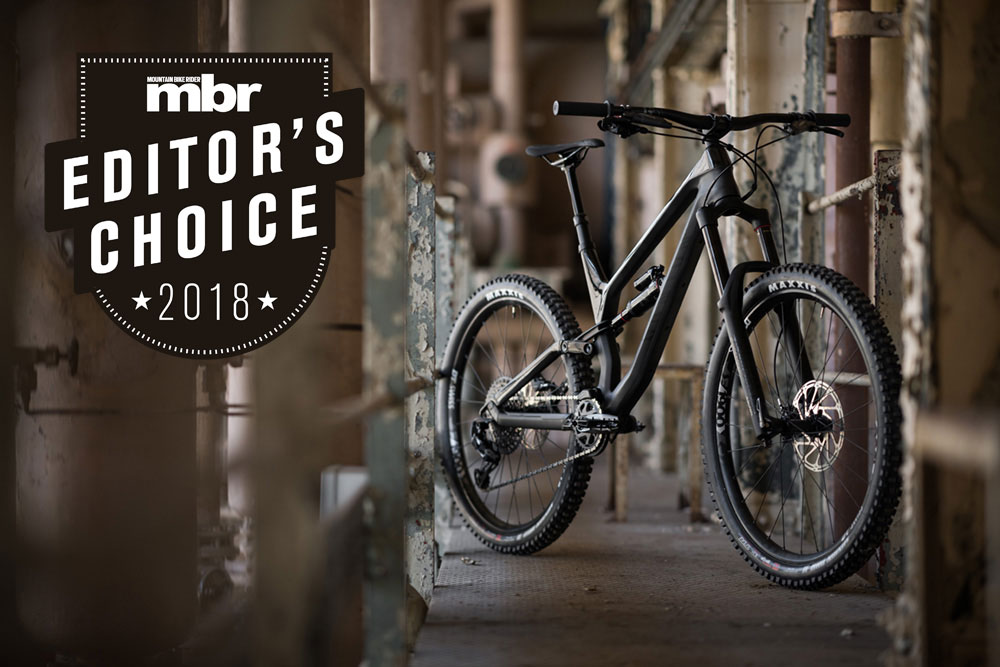Bike to the future
Fabien Barel gets out his crystal ball to divine mountain biking’s direction of travel. Plus new ways of riding today, and the development of new Canyons.
>>> Trail Bike of the Year 2019
What does the future look like?
Fabiuen Barel: “One category of bike for everything. We’re getting closer and closer to that by improving the weight, increasing the efficiency, adding more versatile geometry and playing with the offset and the trail.”
One bike to rule everything then?
Fabien Barel: “Yes but there’s still a lot of cleaning that needs to be done first, because of the sport came from road cycling. The latest topic on the table has been — why do we have the same front and rear wheel? Transmission is another one, are we going to keep that derailleur that’s banging into all the rocks that we have in the track? Or are we going to start redesigning the chassis and the transmission. We’re going to find a lot of inspiration from motorbikes for that — the transmission is on the front by the engine and not towards the rear.
“The e-bike revolution is coming too, because at the moment they’re heavy, it’s 20kg, so when do we have an e-bike at 16kg? And when do we have a transmission included in the engine.”
Hey, aren’t we supposed to be asking the questions? Here’s one — what other questions are bike brands going to have to figure out in the future?
Fabien Barel: “When do we have tyres that stop puncturing? When are we going to have a real revolution in terms of wheels mounting tyres? We’re looking at more comfort, more security, more crazy things possible to achieve and more speed when you ride. So all this combined makes the potential huge. Chainrings, cranks, pedals, offset pedals, there’s a lot of potential. We have habits that are weighted from 10 years ago, and it will be different again 10 years from now. Carbon has been the big thing over the past decade, so material technology will be a big thing too, it’s a never ending story that’s giving an interest to our passion.”

You’ve redesigned the entire Canyon range over the past few years, anything you’re particularly proud of?
Fabien Barel: “I’m very happy with what we managed to improve with the compression curve on each bike. I worked on the geometry a lot before coming to Canyon, I’m confident on what we have now – that’s new without being too new for me. But it was key for me to find the right balance of dynamism through the suspension without compromising too much the comfort and the grip and the traction.”
Too technical Fabien, what does that mean in real trail conditions?
Fabien Barel: “Wheelpath linked to compression curve really brings something new to the experience of riding. Like when you pump on small singletrack you feel it massively on the Canyon Spectral, a little less on the Canyon Torque because you have a lot more travel, and you feel it quite a bit on the Strive now.
“This is for me a new way to ride, if you learn to generate speed with the suspension, more than thinking that you need to pedal. That goes in my gravity perception of what the sport should be and the flatter the trail gets the more you can use the bike to generate speed. So for me that’s really a new experience.”




